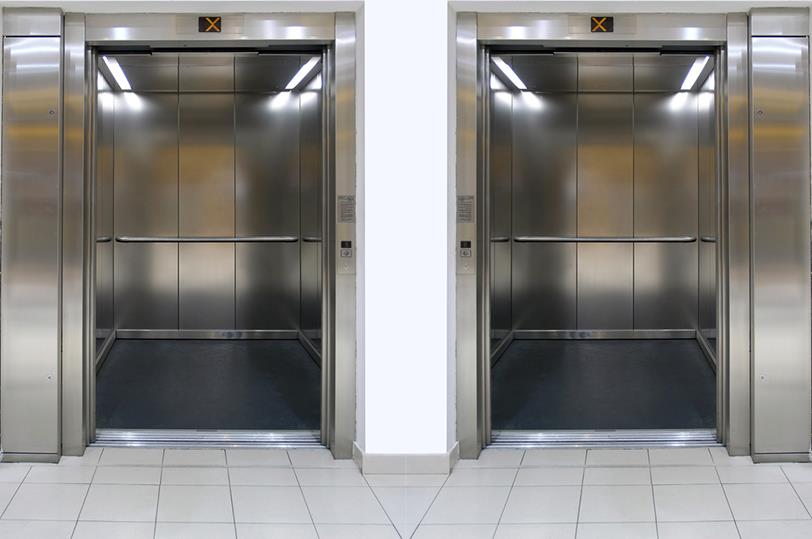
Passenger elevators are vertical transportation systems designed to carry people between different floors or levels in buildings. They are an essential part of modern buildings and are used to provide convenient and efficient movement for occupants, visitors, and employees.
Capacity: Passenger elevators are designed to carry a certain number of people or a specific weight capacity. The capacity can vary depending on the elevator's size, design, and purpose. Common passenger elevators can accommodate anywhere from 4 to 20 or more people, depending on their size and load capacity.
Speed: The speed of passenger elevators can vary depending on the building's requirements and the elevator's design. Standard passenger elevators typically operate at speeds ranging from 150 to 500 feet per minute (0.76 to 2.54 meters per second), while high-speed elevators in taller buildings can reach speeds of 1,000 to 2,000 feet per minute (5.08 to 10.16 meters per second).
Safety: Passenger elevators are equipped with various safety features to ensure the well-being of passengers. These features may include emergency stop buttons, door sensors, over-speed governors, interlocks, and safety brakes. Modern elevators also incorporate advanced technology such as destination control systems and smart sensors for enhanced safety and efficiency.
Accessibility: Passenger elevators are designed to be accessible for individuals with disabilities or mobility challenges. They often comply with regulations such as the Americans with Disabilities Act (ADA) in the United States, which require features like braille buttons, audible signals, and accessible controls for people with visual or hearing impairments.
Control Systems: Passenger elevators can be controlled by different mechanisms, including traditional buttons with floor indicators, touchscreens, or even destination control systems. Destination control systems allow passengers to input their desired floor before entering the


